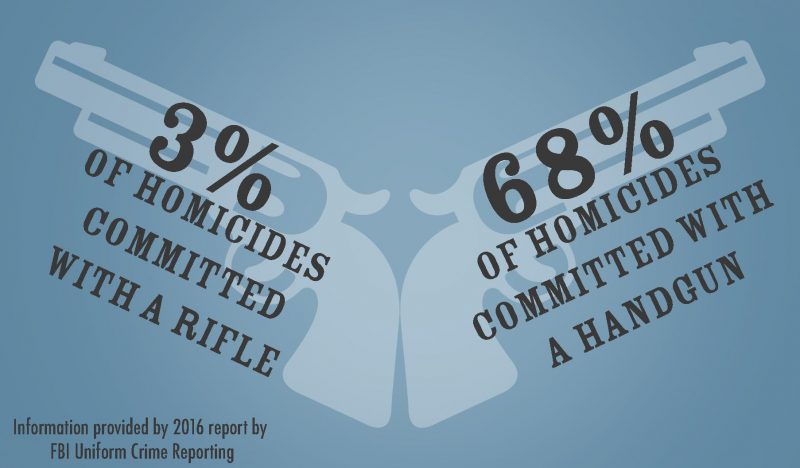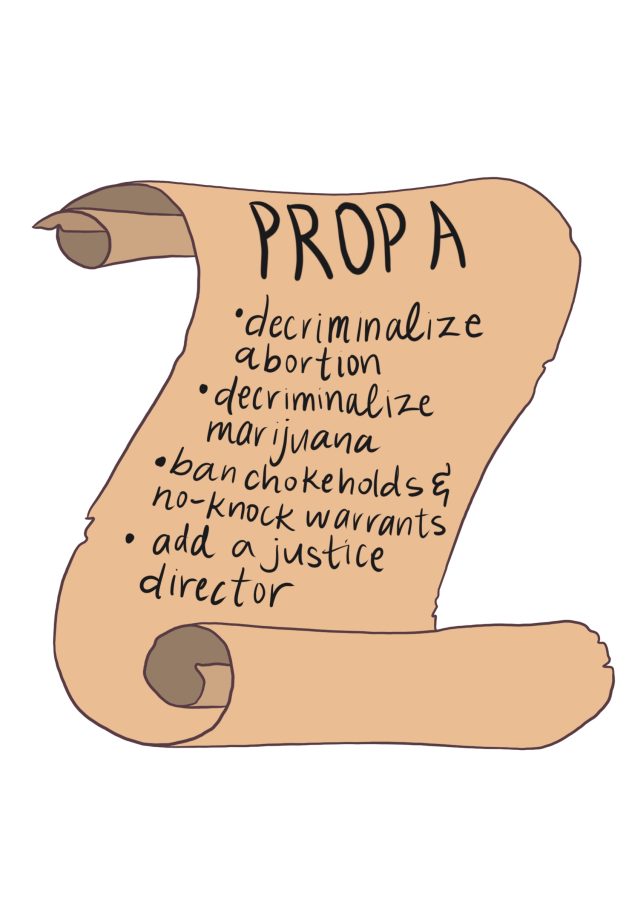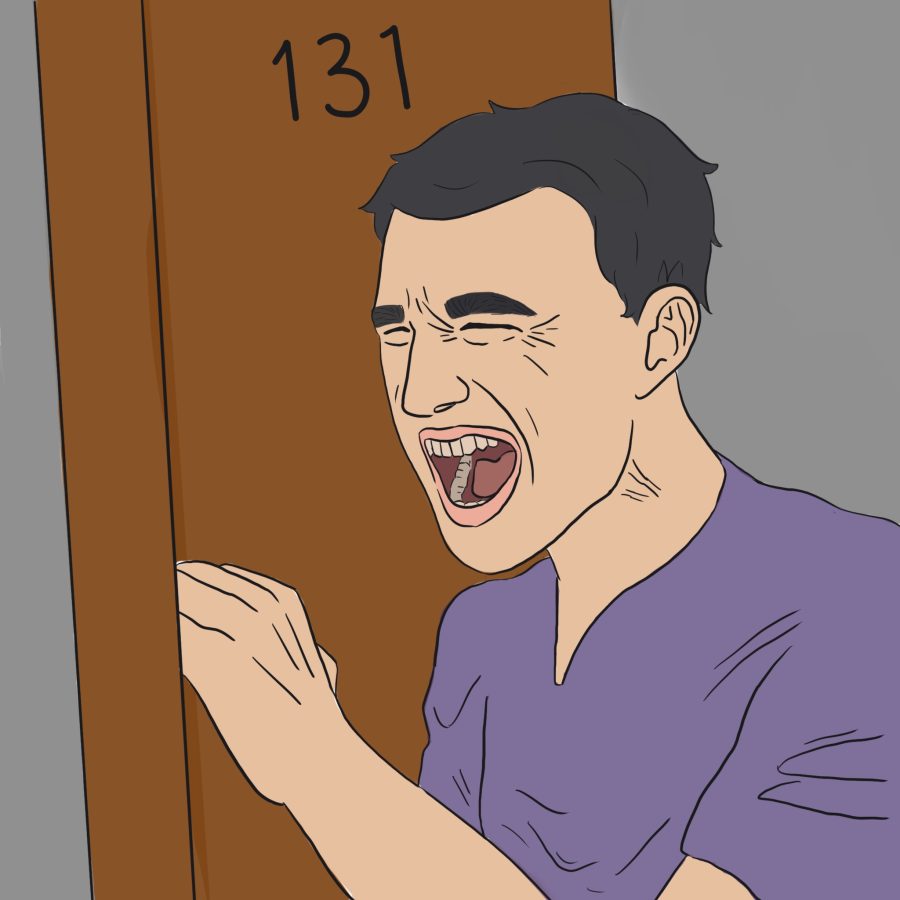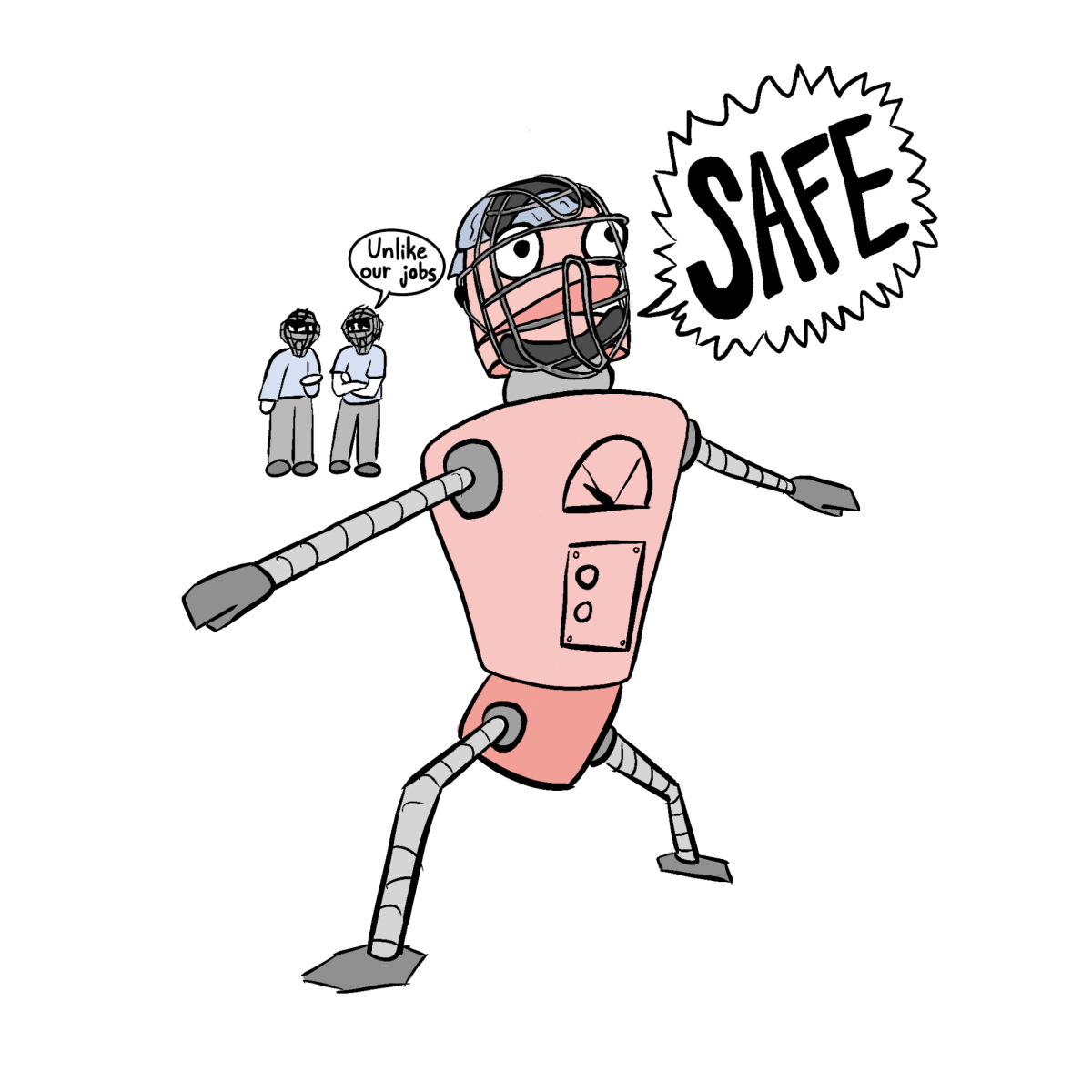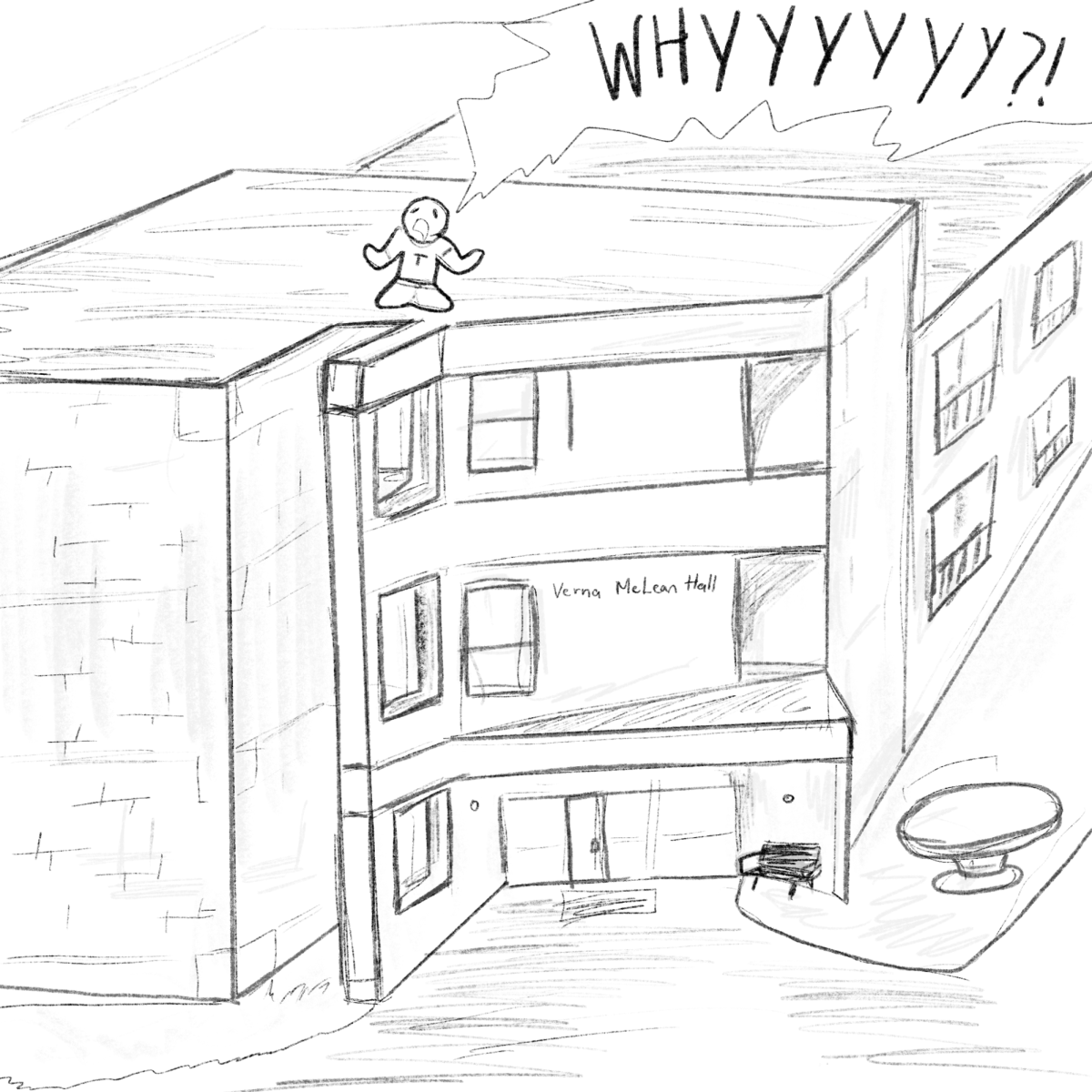“The right of the people to keep and bear Arms, shall not be infringed” — so states the Second Amendment. The Second Amendment, which allows citizens to possess firearms, has played a vital role in the development of the United States; without it, the United States would likely be a very different place.
In large part, this is due to the colonial experience and the Revolutionary War’s beginnings within the British attempt to confiscate guns. Over time, the United States has gone back and forth with different interpretations about what weaponry the Second Amendment permits and what it allows the federal government and the states to ban.
With the rise of school shootings, some people think it is time to change the status quo. There are many different opinions on what to do with the Second Amendment. Some think the Second Amendment is acceptable as it is, others think moderate reforms are necessary, while some think it should be removed entirely from the Constitution. To have a discussion about what needs to happen next, we must first understand where we are now.
Due to the United States’ division of power between the federal, state and local governments, the current gun laws in the United States vary depending on where in the country you are. There are some nationwide requirements, however: You are required to be 18 to purchase a rifle or a shotgun; you must be 21 to purchase a handgun; if you are sentenced to jail for longer than two years, you are banned from purchasing a gun; fully automatic weapons, e.g. the Tommy gun, are essentially banned.
In 1986, a law was passed banning civilian-owned automatic weapons produced after that year. The process to own a fully automatic weapon produced before 1986 is lengthy and costly — a process no school shooter has ever gone through.
In what follows, webmaster Jordan Bruce and opinion columnist Manfred Wendt go head-to-head on three questions related to gun control.
Should the age to buy a gun be raised to 21?
Jordan: The age to purchase a gun should be raised to 21. Guns are dangerous, and the frontal cortex of the human brain is not fully formed until the age of 25. The frontal cortex is responsible not only for decision making, but for understanding the long-term consequences of actions and decisions. The teenage brain relies on emotional decision-making rather than the more logical and controlled process of an adult brain, which can lead to rash decisions.
While mass shootings make the news, suicide is a deadlier form of gun death: 52.2 percent of all suicides were committed with guns between the years of 1999 and 2013, and just over 58 percent of all gun deaths were a form of suicide. By allowing younger, more emotionally charged individuals at a higher risk of suicide to purchase guns without restriction, we put their lives — and the lives of others — at risk.
Manfred: No, as raising the age to own and buy a gun from 18 to 21 is the picture of crafting public policy for self-congratulation without actually preventing the problem. According to Everytown and Vox, both card-carrying progressive movement groups, only two out of the 156 mass shootings that took place between 2009–2016 were by people who were under 21 years old with an “assault weapon,” progressive slang for a black semi-automatic rifle.
According to these publications, only 0.013 percent of the mass shootings in the United States would have been prevented by such a law. I have a better chance of getting a date tomorrow than raising the age of purchasing guns to 21 does of preventing a mass shooting.
Raising the age to 21 also makes an entire three years of adults defenseless to protect themselves and their families from danger. Pushing the age restriction back is a clear act of age discrimination. Raising the age to 21 to purchase a gun is nonsensical as it does not solve the problem that it is supposed to solve, unless you want a government that applies all solutions that work at least 0.013 percent of the time. Leave no stone unturned!
It is also important to understand that many people don’t go to college and as a result become full adults at the age of 18 instead of when they graduate college at 21 or 22. This often entails living alone. Should women who are living alone between the ages of 18 and 21 be deprived of the only equalizer between men and women in terms of force? Should people be deprived of the ability to protect themselves? The benefit, if there is any, of raising the age of purchasing and having a firearm to 21 is outweighed significantly by the cost of disarming and leaving powerless a significant amount of the population.
Should bump stocks be legal?
Jordan: Bump stocks should not be legal to possess, purchase, or manufacture. These attachments allow weapons to become automatic, akin to weaponry already made illegal. These relatively cheap attachments are not regulated and need to be banned under the same reasoning as fully automatic guns. Nobody needs to pump 30 bullets downstream in 20 seconds or less.
Manfred: Not unless people are willing to go through the same process one must go through in order to own an automatic weapon. A bump stock turns a semi-automatic weapons into fully automatic weapons, which are heavily regulated. Certain modifications on weapons are banned or heavily regulated, and the bump stock should be treated similarly.
Should semi-automatic weapons be banned?
Jordan: In limited circumstances. While I don’t believe that semi-automatic weapons are necessary under the Second Amendment, I believe that they can be safely used as recreational firearms. Instead of an outright ban, a similar level of safety could likely be achieved with more rigorous screening.
First, sales of these firearms should be restricted to licensed dealers. Private gun sales are not mandated under the Second Amendment, and this back-channel way of gun transfer poses a risk to effective gun control through the limiting of a black market.
Second, there ought to be a mandatory background check as well as a waiting period. There is no imminent danger that would necessitate the purchasing of an AR-15 or any other semi-automatic firearm immediately. These waiting periods would tamp down gun deaths significantly, according to a Harvard business school study.
Manfred: No, as rifles accounted for 3 percent of firearm homicides in 2016, while handguns accounted for 65 percent, according to reported FBI data. The term semi-automatic tends to be confused with the term automatic. Automatic firearms allow one to hold down the trigger, and the gun will fire until you take your finger off the trigger or you run out of bullets. Semi-automatic guns fire one bullet every time you pull the trigger.
If you ban semi-automatic guns, I assume what would remain is bolt-action guns and muzzle-loaded guns. Banning semi-automatic guns would not solve the problem as people would just use other guns. Also, Americans own over 15 million AR-15 style guns. If the government were to attempt mass confiscation, we would end up with a new government.
It is important to remember that current deaths from gun violence is half of what it was in the 1990s. As dreary as the media likes to make life in America seem these days, we should remember that statistically there has never been a better time to be alive.

